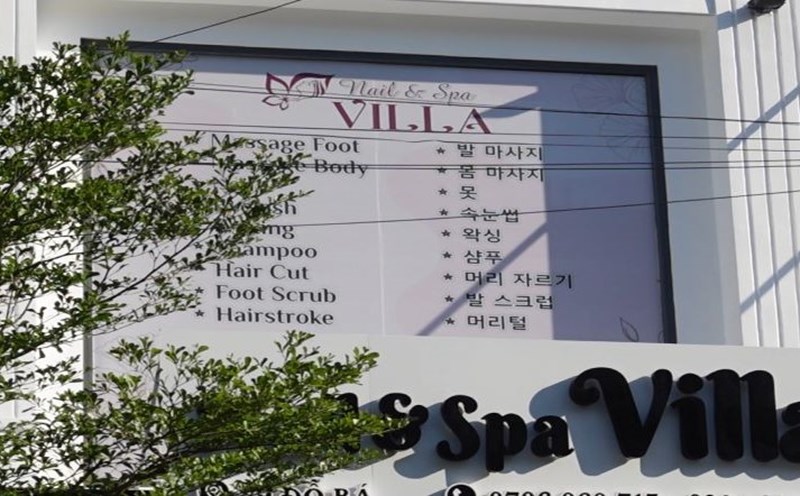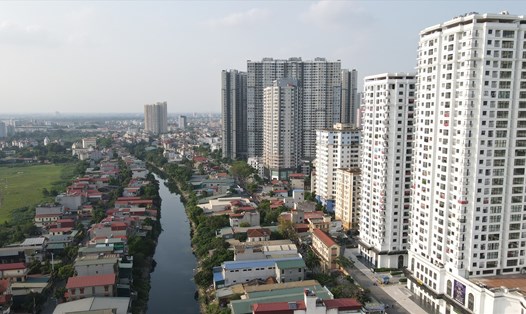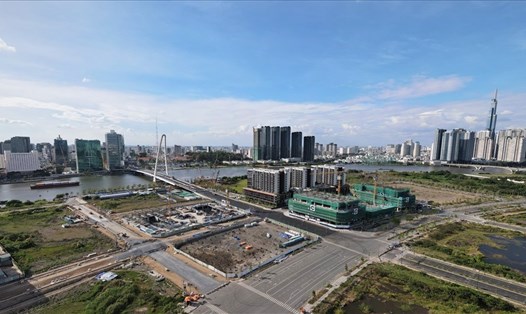VARS's real estate market report for the third quarter of 2024 shows that, despite a statistical decrease in quantity, the supply in the third quarter still shows "growth" when a number of new projects appear, especially with the presence of large-scale projects starting to test the market, helping the market become more bustling.
In the first 9 months of 2024, the market recorded nearly 39 thousand new products offered for sale. Supply still recorded strong differentiation when 70% of new supply came from the apartment segment. Of which, products with selling prices of over 50 million VND/m2 accounted for the overwhelming majority. The market was almost devoid of affordable commercial apartments.
In terms of selling prices, housing prices continue to remain high in both the primary and secondary markets, especially in the apartment segment. The imbalance between supply and demand is becoming increasingly serious as supply, although improved, is still difficult to meet demand. In addition, most of the new supply continues to be completed at high standards with investment costs, especially land-related costs, increasing.
For Ho Chi Minh City, the primary price level remained stable at a high level due to the supply mainly coming from ongoing projects. Meanwhile, the primary price level in the provinces and cities surrounding Ho Chi Minh City increased slightly, ranging from 3-5%, with new supply having higher selling prices. The average selling price of project clusters in Ho Chi Minh City increased from VND49.2 million/m2 to VND64.2 million/m2, reflecting an increase of 30.6% compared to the base period.
Mr. Le Hoang Chau - Chairman of the Ho Chi Minh City Real Estate Association (HoREA) - assessed that the market has escaped the most difficult bottom area established in the first quarter of 2023. However, the project segment is still facing difficulties when in the first 8 months of this year, Ho Chi Minh City only had 9 commercial housing projects approved for investment, but the scale was also very small - the largest was only 5 hectares.
Of these, only 4 commercial housing projects are eligible to mobilize capital with a total of 1,011 units, including 678 apartments and 44 low-rise houses - completely insufficient to meet the needs of investors and residents. Notably, 100% of these apartments are in the high-end segment, with no apartments in the mid-range or low-end segment.
This shows that the gap between supply and demand is getting bigger and bigger in the apartment segment. That is why experts assess that, in addition to the results from actual supply and demand, the real estate market has also shown signs of "heating up".
This situation is reflected in land speculation, pushing up housing prices, and creating non-transparent real estate transactions. Many small investors enter the market for the purpose of speculation, causing real estate prices to be pushed up unreasonably.
Signs of "heating up" are also evident in the apartment segment with the price level of transferred apartments increasingly high, due to the "assistance" of some speculative groups. These signs stem from the lack of supply, although it has improved.
Mr. Le Hoang Chau - Chairman of the Ho Chi Minh City Real Estate Association - said that to reduce housing prices, it is necessary to increase housing supply, especially affordable housing. However, to increase supply, more than 148 projects that are stuck and have backlogs must be resolved. For example, each project consisting of 1,000 apartments will have 148,000 new apartments on the market, which directly regulates the market and reduces housing prices.
"HCMC and businesses need to increase housing products, especially affordable housing products. At the same time, if 1 million social housing units are successfully implemented, housing prices will decrease," said Mr. Chau.










